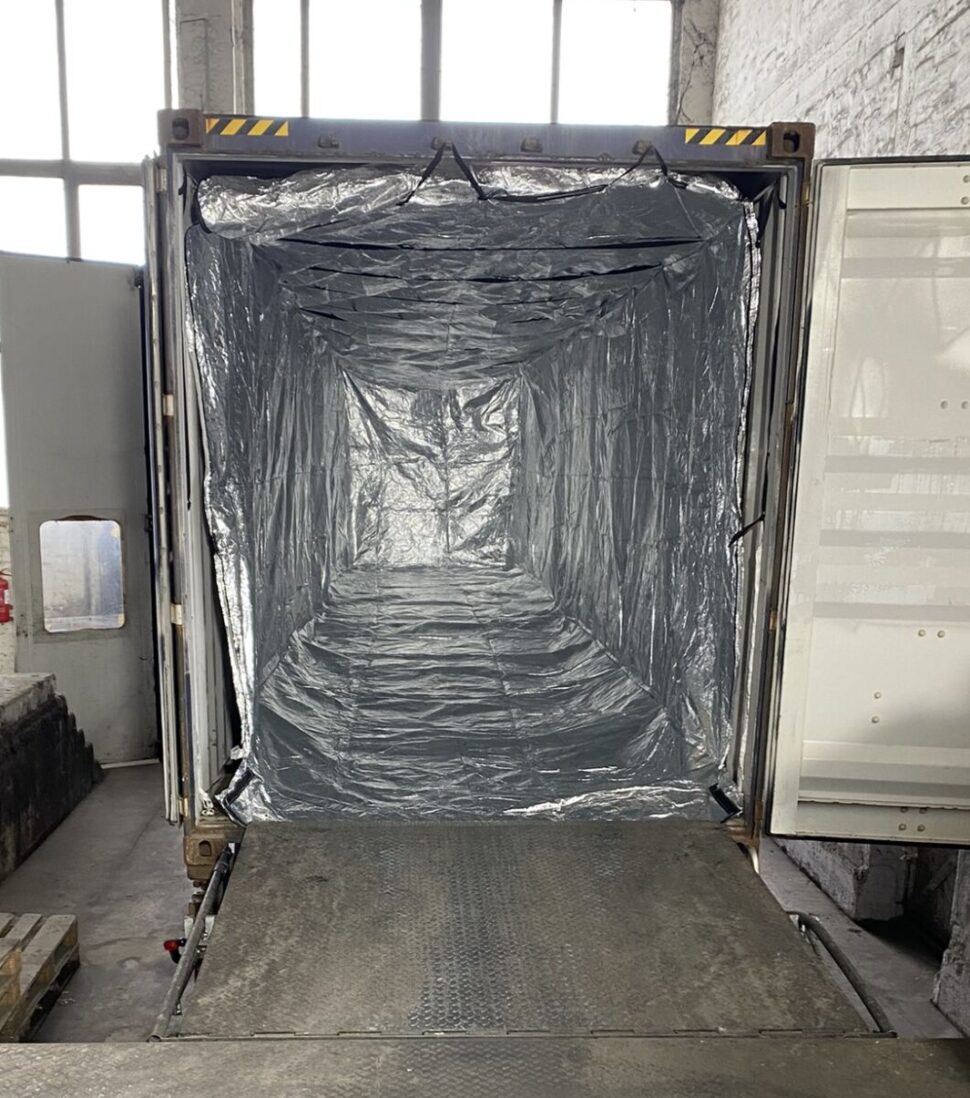What are Thermal Liners for Containers?

Thermal liners for containers are a popular solution for businesses and individuals who need to transport temperature-sensitive goods over long distances. These liners are designed to maintain a consistent temperature inside the container, regardless of the outside weather conditions. In this article, we’ll take a closer look at thermal liners for containers and explore their benefits and applications.
What are Thermal Liners for Containers?
Thermal liners for containers are essentially insulating layers that are placed inside shipping containers to protect goods from extreme temperatures during transport. These liners can be made from a variety of materials, including foil, bubble wrap, and foam, and they come in different sizes to fit different container dimensions.
How do Thermal Liners Work?
Thermal liners work by reducing heat transfer between the inside and outside of the shipping container. This is achieved by using materials with low thermal conductivity that trap air and create a barrier between the inside and outside of the container. The result is a consistent temperature inside the container that protects goods from heat, cold, and humidity.
Benefits of Using Thermal Liners for Containers
- Protect Goods from Temperature Variations
One of the main benefits of using thermal liners for containers is that they protect temperature-sensitive goods from extreme temperatures during transport. This is particularly important for food, pharmaceuticals, and other products that require specific storage temperatures to remain safe and effective.
- Reduce Energy Costs
Thermal liners can also help to reduce energy costs by minimizing the need for temperature-controlled shipping containers. By using a thermal liner, businesses can transport their goods in standard containers, which are typically less expensive to rent or purchase than refrigerated containers.
- Increase Efficiency
Using thermal liners for containers can also increase efficiency by reducing the time it takes to prepare temperature-sensitive goods for transport. Instead of waiting for a refrigerated container to become available, businesses can simply insert a thermal liner into a standard container and start shipping their goods right away.
Applications of Thermal Liners for Containers
Thermal liners for containers are used in a wide range of industries, including:
- Food and Beverage Industry
Thermal liners are commonly used to transport food and beverages that require specific storage temperatures. This includes fresh produce, dairy products, and frozen foods.
- Pharmaceutical Industry
Pharmaceuticals are highly sensitive to temperature and humidity, and require careful handling during transport. Thermal liners are often used to transport pharmaceuticals, including vaccines, insulin, and other temperature-sensitive drugs.
- Chemical Industry
Thermal liners are also used to transport chemicals that are sensitive to temperature changes. This includes industrial chemicals, paints, and other hazardous materials.
Conclusion
Thermal liners for containers are a cost-effective and efficient solution for transporting temperature-sensitive goods over long distances. They provide a consistent temperature inside the container, protect goods from extreme temperatures, and reduce energy costs. Whether you’re in the food and beverage, pharmaceutical, or chemical industry, using a thermal liner for your shipping containers can help to ensure the safety and quality of your products during transport.
